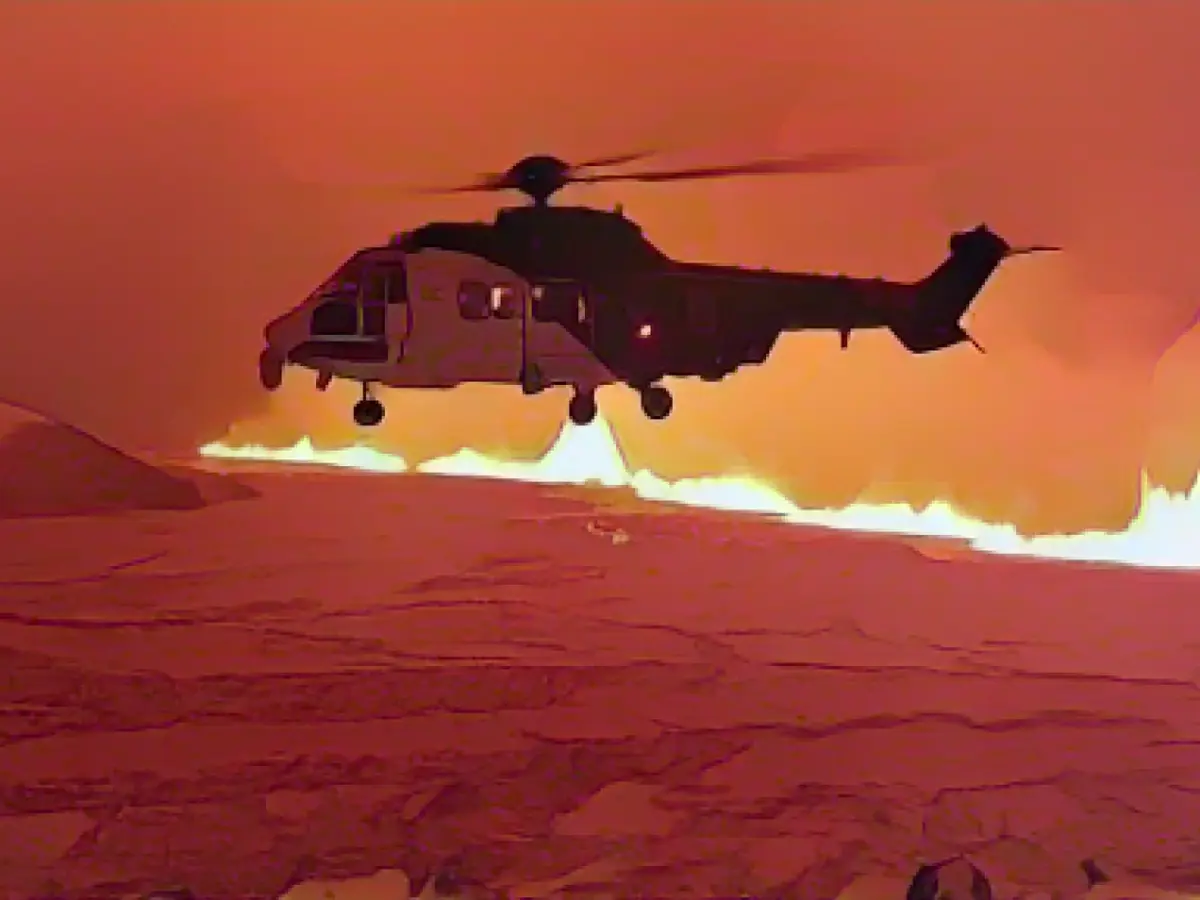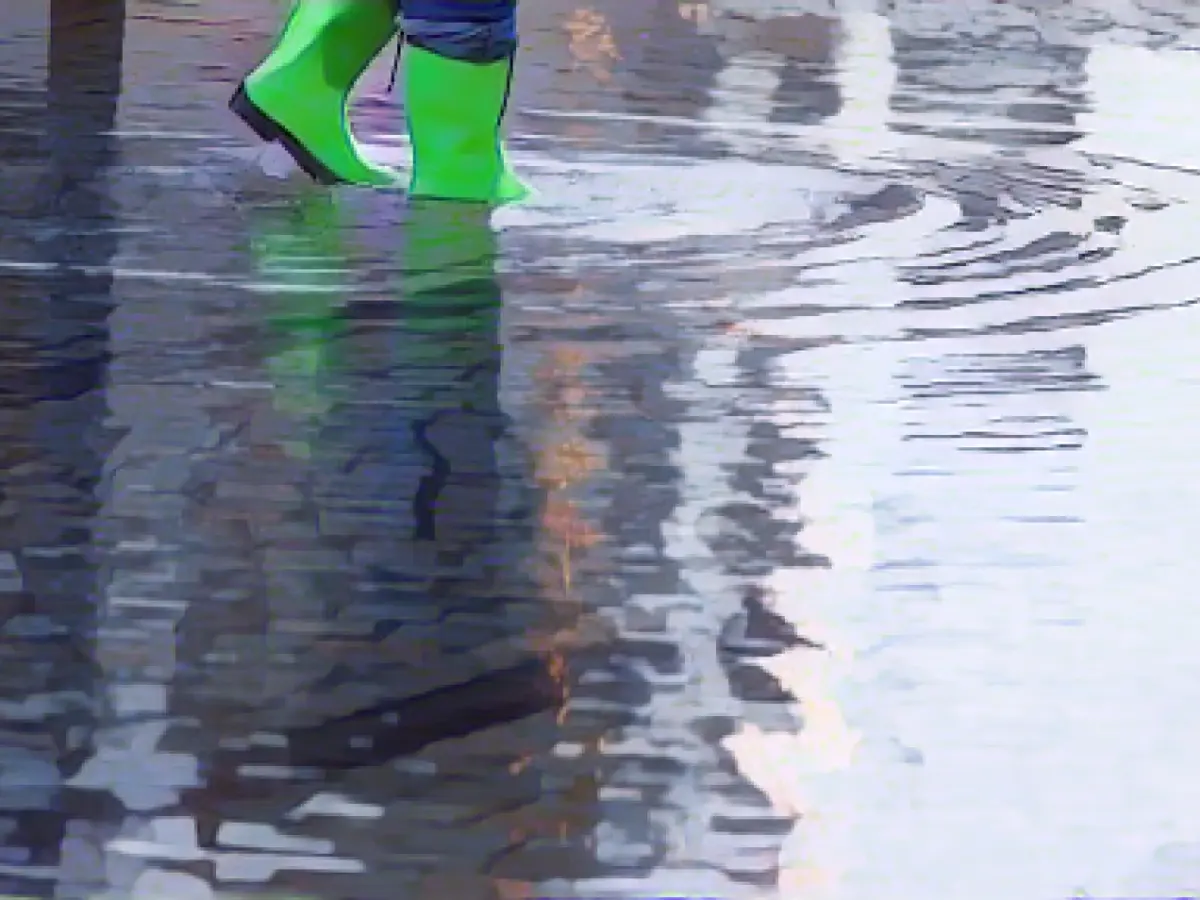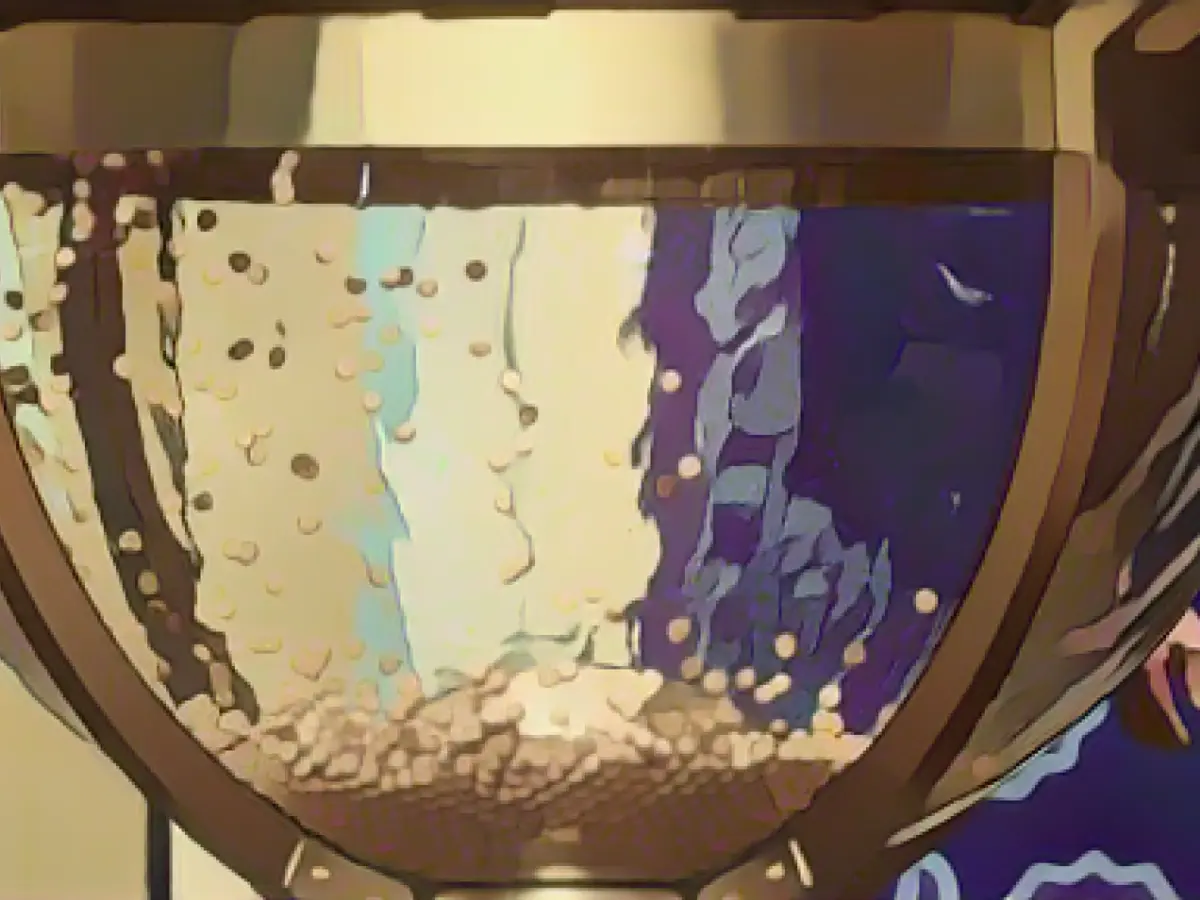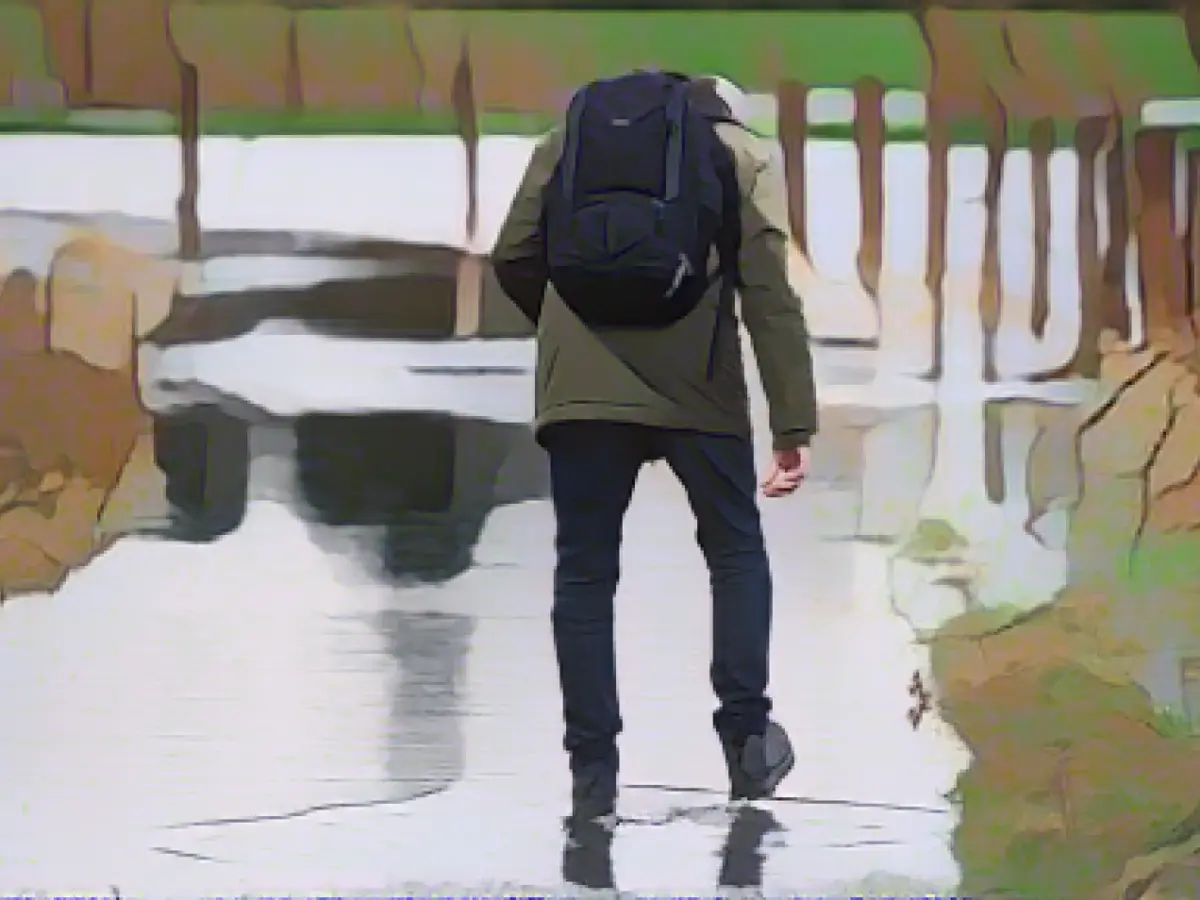Volcanic Spectacle in Iceland: Unusual Eruption Near Grindavík
The volcanic scene in Iceland has turned into an unusual show lately. Instead of the typical crater spewing lava, a 15-kilometer-long fissure is responsible for the strange eruption near Grindavík. This long crevice stretches north of the tiny Icelandic fishing village, spitting out high lava fountains at various spots. In other areas, the view from the sky resembles a glowing red river delta.
Beginning late Monday evening, this volcanic eruption occurred southwest of the Icelandic capital, Reykjavík. During the ensuing night, the fissure extended, expelling around 100 to 200 cubic meters of lava per second.
Residents of Grindavík had been anticipating this event since October, with earthquake swarms detected in the area. Such swarms have historically heralded future volcanic eruptions. Upon evacuating their homes, the residents had to return due to a decrease in seismic activity. Fortunately, they could celebrate Christmas at home during daytime, albeit not overnight. The popular Blue Lagoon geothermal baths, which usually attract numerous tourists, reopened after being temporarily closed.
Many locals are saddened by their inability to spend Christmas at home. Grindavík's Mayor Fannar Jónasson stated on RÚV that the evacuated residents were coping well under the circumstances. He said that the close craters to Grindavík had been extinguished, reducing the immediate threat to the village.
Grindavík has experienced four volcanic eruptions in the past three years on the Reykjanes Peninsula. This current eruption is the latest event in the area, following summer's fissure opening and lava spurting. The natural phenomenon attracted many witnesses.
Hjördís Gudmundsdóttir from the Icelandic Civil Protection Authority urged Icelanders and visitors to avoid the volcanic area. She expressed understanding for the curiosity about the natural spectacle but warned that the volcano is large and highly active, compared to the previous eruption.
Police on Facebook issued warnings about toxic gases that might escape in the volcanic area. They urged everyone to steer clear of the area during the current eruption.
The eruption's intensity has decreased slightly, according to geoscientist Magnús Tumi Gudmundsson, who spoke to RÚV on Tuesday morning. A substantial amount of lava is still flowing, however. Gudmundsson explained that twice as much lava escaped within just a few hours of the eruption, compared to the most recent volcanic eruption this summer.
All main roads to Grindavík will be closed for a few days, except for rescue personnel and scientists. According to the Icelandic government, air travel to and from Iceland remains unaffected, with Keflavík Airport being easily accessible.
Grindavík's volcanic activity is taking place on the Reykjanes Peninsula, which has experienced several eruptions in the past three years. This recent eruption is near a popular geothermal bath, the Blue Lagoon, which was briefly closed temporary due to the proximity to the volcano. The lava fountains and glowing red river delta help illustrate the powerful and unpredictable nature of Iceland's volcanoes. The inhabitants of Grindavík were forced to leave their homes due to the eruption, which began southwest of Reykjavík and was preceded by earthquake swarms. Despite the mayor's reassurance that the village is at present safe, many residents are discouraged that they cannot celebrate Christmas at home.
Source:
Enrichment Data:
The unusual volcanic eruption in Grindavík, Iceland, is caused by magma accumulation under the Earth's surface, primarily at the Sundhnúk crater and the Svartsengi geothermal area. The key drivers for this eruption include:
- Magma Accumulation: The Icelandic Meteorological Office (IMO) has detected an increase in magma stored beneath Svartsengi, heightening the potential for a new magma intrusion or eruption[1].
- Seismic Activity: The area is witnessing substantial seismic activity, with hundreds of earthquakes that are often precursors to volcanic eruptions. This increased earthquake activity has resulted in ground lift and damage to roads and buildings in Grindavík and its surroundings[4].
- Fissure Formation: Magma intrusion has led to the formation of a fissure that is roughly 15 kilometers long. This fissure can potentially open anywhere along its length, escalating the risk of an eruption[4].
- Unprecedented Magma Flow: The magma flow rates are described as remarkable, with velocities and volumes surpassing those observed on the peninsula in the past. The rapid accumulation of magma has taken experts by surprise and contributes to the heightened risk of an eruption[4].
The eruption has impacted locals during the Christmas season in several ways:
- Evacuation: Grindavík residents have been evacuated due to increased risks associated with the eruption. They have been advised against traveling to the area, unless it is absolutely necessary[1][3].
- Infrastructure Damage: The earthquakes and ground lift caused by the magma intrusion have already damaged roads and buildings in and around Grindavík. A large crack has also appeared on the Grindavík golf course[4].
- Tourist Destinations Affected: The Blue Lagoon, a popular tourist attraction, has been closed temporarily as a precautionary measure. This has affected local businesses and tourism activities during the holiday season[3][4].
- Emergency Measures: A state of emergency has been declared, and emergency shelters and help centers have been set up in nearby towns. Many residents are staying with friends or family rather than in official shelters[4].
Overall, the atypical volcanic eruption in Grindavík is a complex event driven by significant seismic and magmatic activity, which has caused widespread impact on local infrastructure and daily life, notably during the Christmas season.







